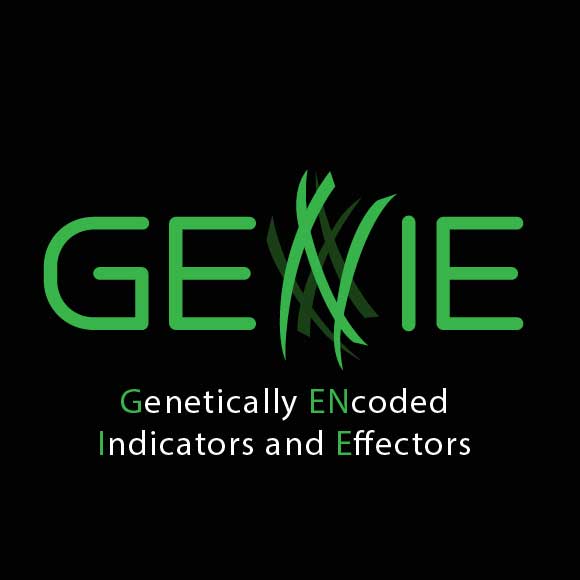Main Menu (Mobile)- Block
- Overview
-
Support Teams
- Overview
- Anatomy and Histology
- Cryo-Electron Microscopy
- Electron Microscopy
- Flow Cytometry
- Gene Targeting and Transgenics
- High Performance Computing
- Immortalized Cell Line Culture
- Integrative Imaging
- Invertebrate Shared Resource
- Janelia Experimental Technology
- Mass Spectrometry
- Media Prep
- Molecular Genomics
- Primary & iPS Cell Culture
- Project Pipeline Support
- Project Technical Resources
- Quantitative Genomics
- Scientific Computing
- Viral Tools
- Vivarium
- Open Science
- You + Janelia
- About Us
Main Menu - Block
- Overview
- Anatomy and Histology
- Cryo-Electron Microscopy
- Electron Microscopy
- Flow Cytometry
- Gene Targeting and Transgenics
- High Performance Computing
- Immortalized Cell Line Culture
- Integrative Imaging
- Invertebrate Shared Resource
- Janelia Experimental Technology
- Mass Spectrometry
- Media Prep
- Molecular Genomics
- Primary & iPS Cell Culture
- Project Pipeline Support
- Project Technical Resources
- Quantitative Genomics
- Scientific Computing
- Viral Tools
- Vivarium
jASAP voltage indicators
ASAPs: Accelerated Sensors of Action Potentials - jASAP
Progress in neuroscience demands the ability to record electrical activity optically in specifically tagged neurons in behaving animals. With that in mind, GENIE Project's accomplished researchers harnessed their skills in assay and reagent development to create a superior, persistently visible genetically encoded voltage indicator (GEVI). The enhanced jASAP GEVI is available to academic researchers who contact the GENIE Project and, and in due course, through Addgene.
Accelerated Sensor(s) of Action Potentials (ASAPs) are a class of GEVIs developed by Michael Lin (https://doi.org/10.1038/nn.3709), at Stanford University. The previous iteration (https://doi.org/10.1016/j.cell.2019.11.004), ASAP3, is fast, with submillisecond activation kinetics, and sensitive, capable of subthreshold membrane potential reporting. It has high signal-to-noise performance and is two-photon compatible.
The GENIE project team optimized the ASAP3 voltage indicator to dramatically improve the sensitivity by 60% without compromising kinetics. The resulting jASAP variant performance was further shown to work in mammalian neurons by field stimulation screening and voltage clamp assay and in the mouse visual cortex in vivo. The screening and assay report may be accessed and cited here: https://janelia.figshare.com/articles/dataset/jASAP_voltage_indicator_op....
Opportunity:
Academic researchers can obtain jASAP by contacting the GENIE Project directly: GENIEreagents -at- janelia.hhmi.org.


